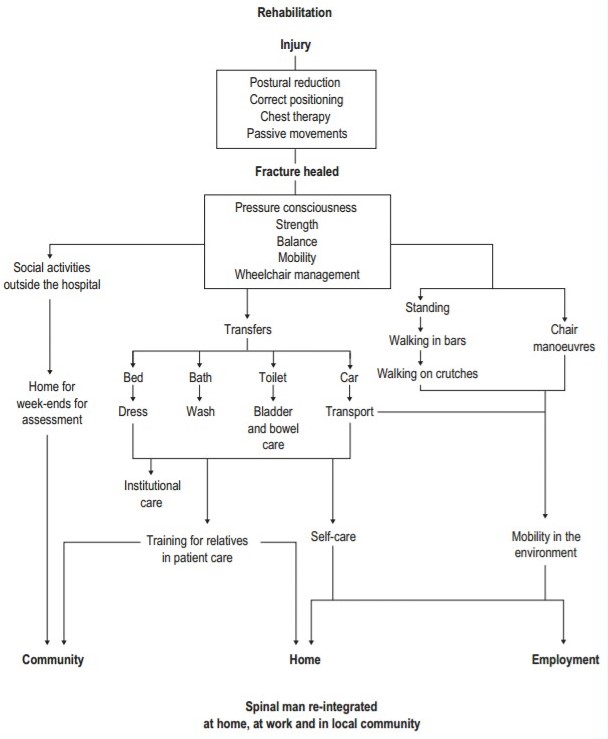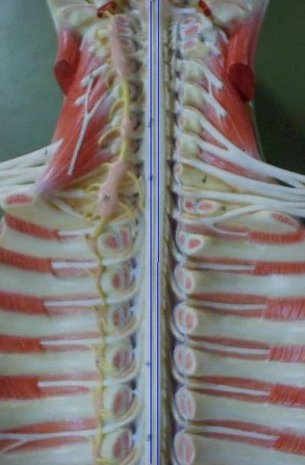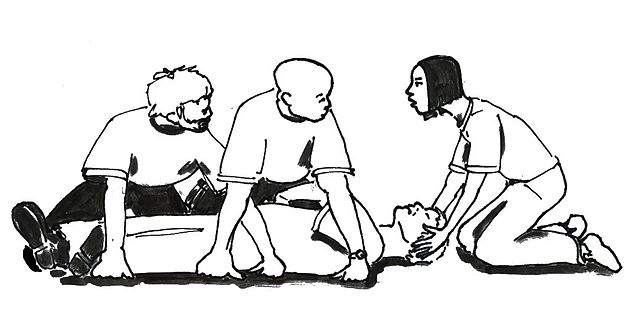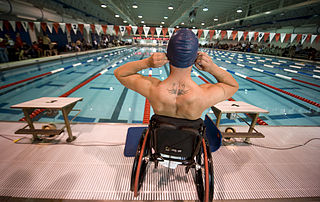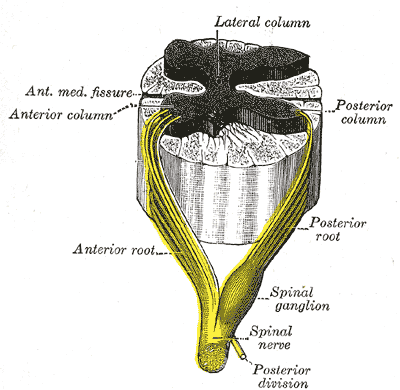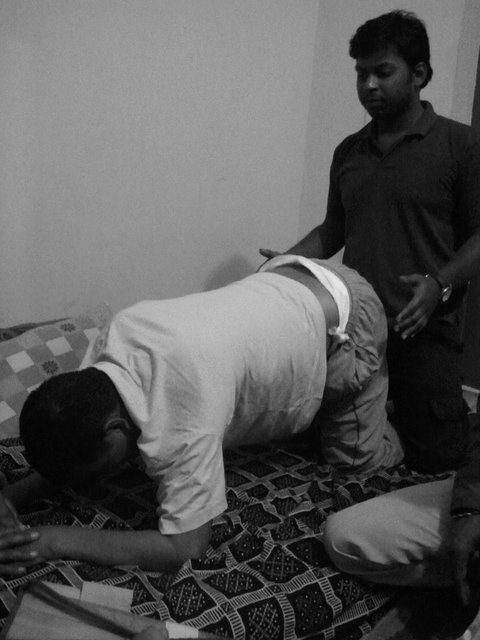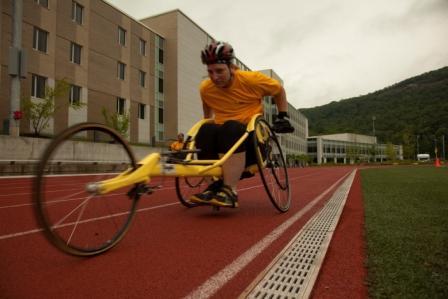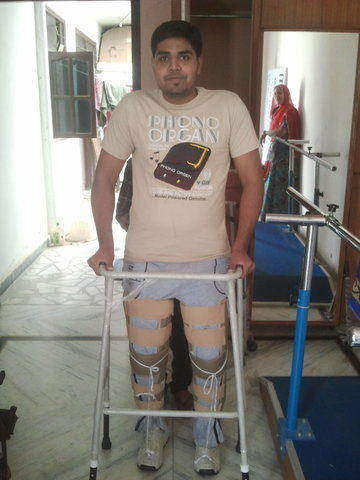Enhance your health with free online physiotherapy exercise lessons and videos about various disease and health condition
Autonomic Dysreflexia
Autonomic Dysreflexia, also known as Hyperreflexia, is a vascular reflex which occurs in response to a stimulus from the bladder, bowel or other internal organ below the level of the lesion in a patient with a high lesion, i.e. above T6.
The physiotherapist must be alert to recognize the symptoms of Hyperreflexia which are an
- outburst of sweating on thehead, neck and shoulders,
- raised blood pressure,
- slow pulse and
- throbbing headache.
Overdistension of the bladder caused by a blocked catheter can give rise to this reflex activity which presents quickly and which, if not dealt with immediately, can rapidly precipitate cerebrovascular accident, epileptic fits and even death (Calachis 1992). It can also be caused by strong spasms and by sudden changes of position, as, for example, with the tilt table. Tilting the body with the head up will reduce the blood pressure until further treatment can be given.
Causes of Autonomic Dysreflexia
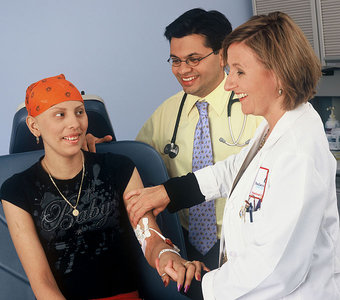
Bladder (most common) -
- from overstretch or irritation of bladder wall
- Urinary tract infection
- Urinary retention
- Blocked catheter
- Overfilled collection bag
- Non-compliance with intermittent categorisation program
Bowel - over distention or irritation
- Constipation / impaction
- Distention during bowel program (digital stimulation)
- Hemorrhoids or anal fissures
- Infection or irritation (eg. appendicitis)
Skin-related Disorders
- Any direct irritant below the level of injury (eg. - prolonged pressure by object in shoe or chair, cut, bruise,abrasion)
- Pressure sores (decubitus ulcer)
- Ingrown toenails
- Burns (eg. - sunburn, burns from using hot water)
- Tight or restrictive clothing or pressure to skin from sitting on wrinkled clothing
Sexual Activity
- Over stimulation during sexual activity [stimuli to the pelvic region which would ordinarily be painful if sensation were present]
- Menstrual cramps
- Labor and delivery
Other
- Heterotopic ossification ("Myositis ossificans", "Heterotopic bone")
- Acute abdominal conditions (gastric ulcer, colitis, peritonitis)
- Skeletal fractures
Treatment
Read more about Autonomic Dysreflexia
The treatment is to remove the cause; antihypertensive drugs may be given as a temporary measure. Three cases of this reflex activity were reported in the USA in 1980 which were precipitated by passive hip flexion. This occurred in young men with lesions at C5, C6 and Tl. It was suggested that this response was evoked by stretching the hip joint capsule or proximal leg muscles innervated by L4, L5 and Sl (McGarry et aI1982).
Caution
All those involved in the care of patients with spinal cord lesions should be able to recognize the symptoms and know what to do in an emergency.
SCI Related Pages
Return from autonomic dysreflexia to home page

